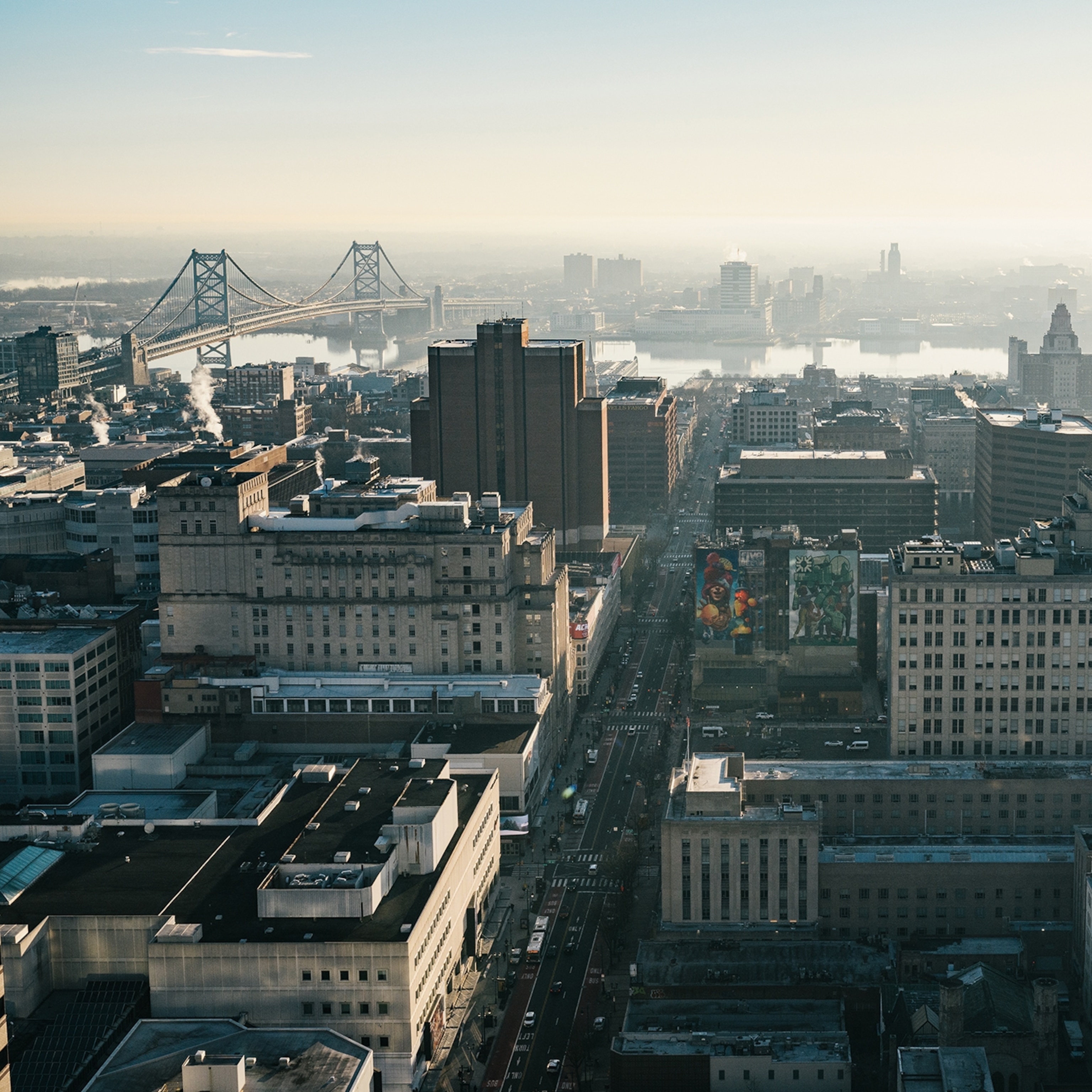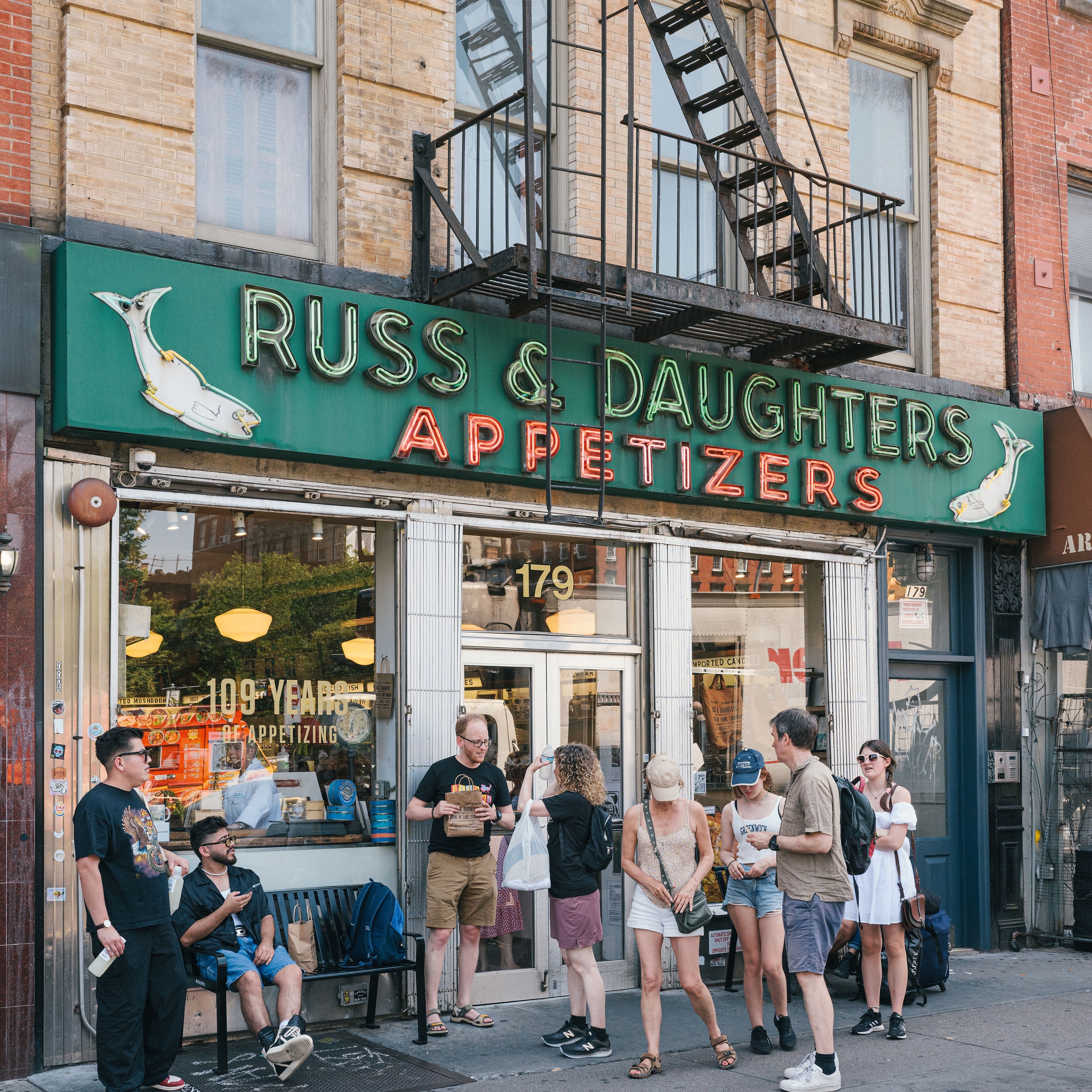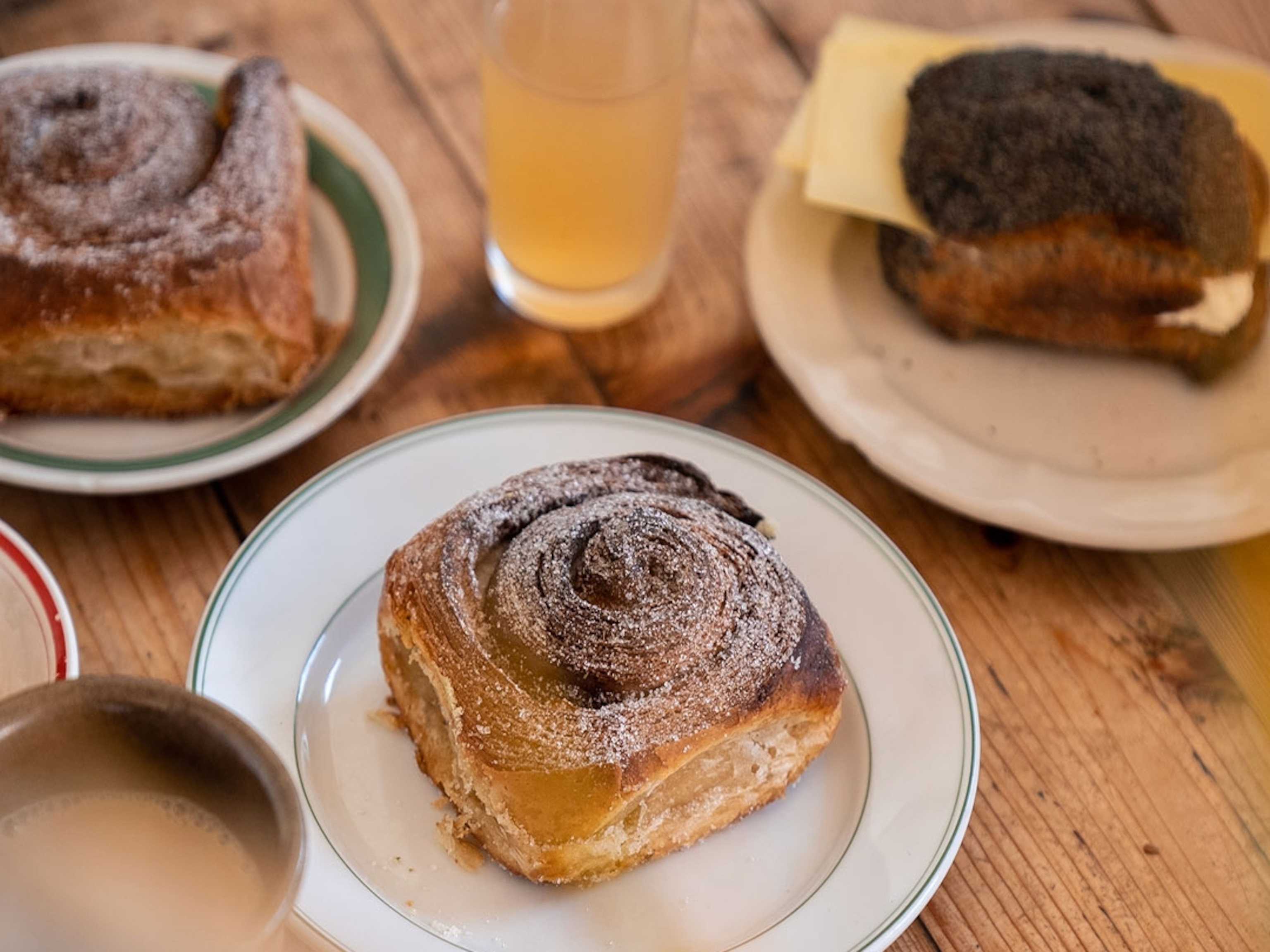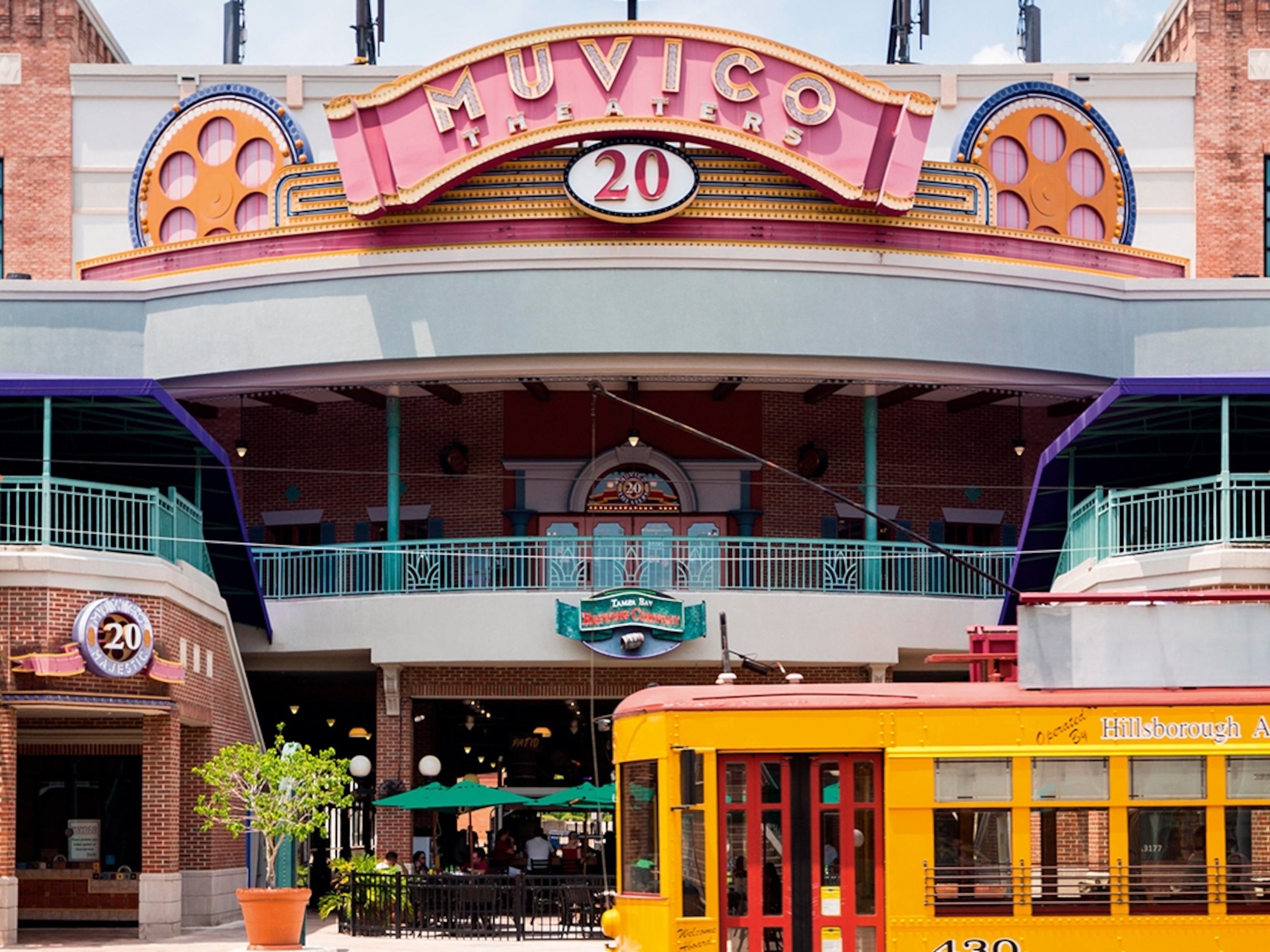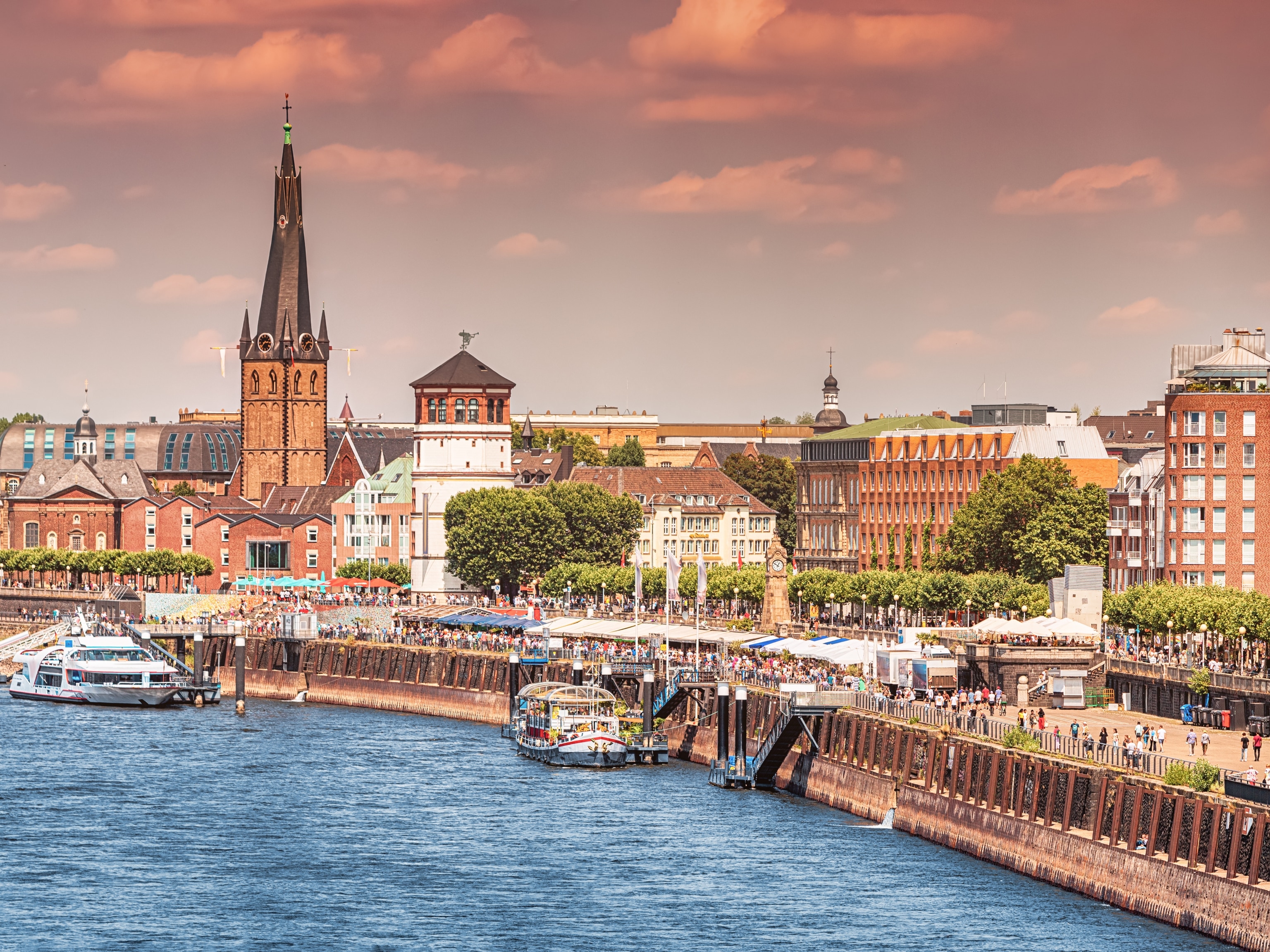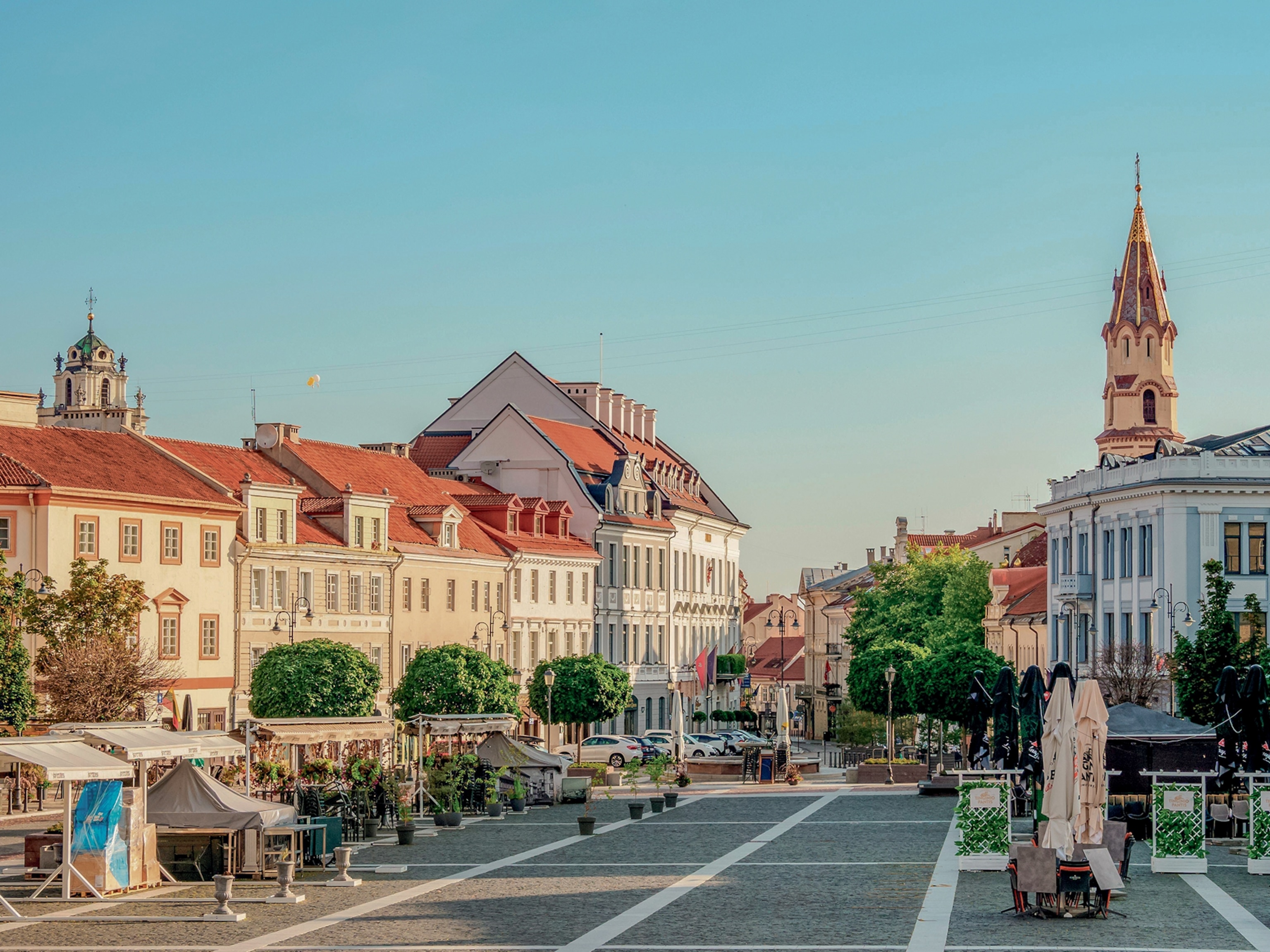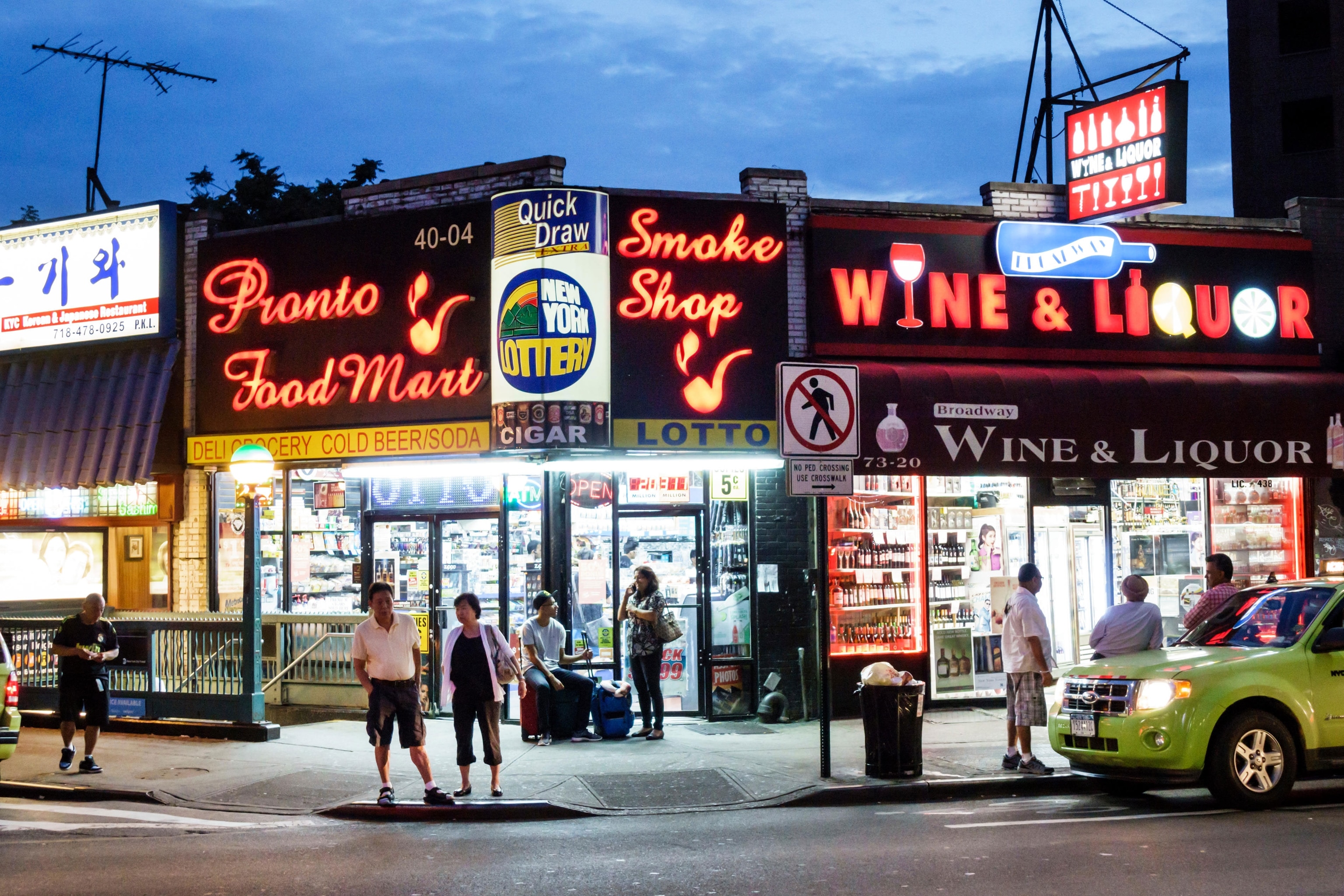
Czech beer, Himalayan cultural festivals and sari shops: how to explore NYC's most diverse borough
As the title-holder to NYC's largest borough, it shouldn't come as a surprise that you can stroll through what feels like half of the planet in just a single day when in Queens.
The most famous of New York City’s five boroughs is Manhattan. The hippest is Brooklyn. There’s the forgotten one (Staten Island) and the one that tourists only visit to go to a Yankees game (the Bronx). Then there’s the most interesting one: Queens, a borough of two-million-plus people and among the most ethnically diverse swathes of land in North America.
That diversity shows in its food. You come to Queens to eat at restaurants that take you back to an incredible meal you had in a village in Thailand, or the tacos you scarfed in Oaxaca, or the incendiary kimchi stew you slurped in Seoul. Or, in my case, to drink a Czech beer on tap at Bohemian Hall & Beer Garden, in the Astoria neighbourhood. I visit about twice a year to take myself back to the days I lived in Prague.
Queens was once home to hundreds of beer gardens and breweries, reflecting the 19th-century immigration of Europeans. But anti-German sentiment after the First World War, then the Prohibition era, closed most of them. Bohemian Hall, opened in 1910, survived — perhaps because it’s Czech. On my visit, a pint of Budvar — the original Budweiser — is accompanied by a live band playing songs by Prince and Fleetwood Mac. It’s just one example of the ethnic anomalies in the borough.
(How to explore New York City's immigrant past through food)
There are still remnants of the Central and Eastern European immigration, but they’ve been largely eclipsed by the past quarter-century’s arrivals from the rest of the world. This is a borough where hundreds of tongues are heard, and where cash machines offer myriad languages with which to conduct your transaction.
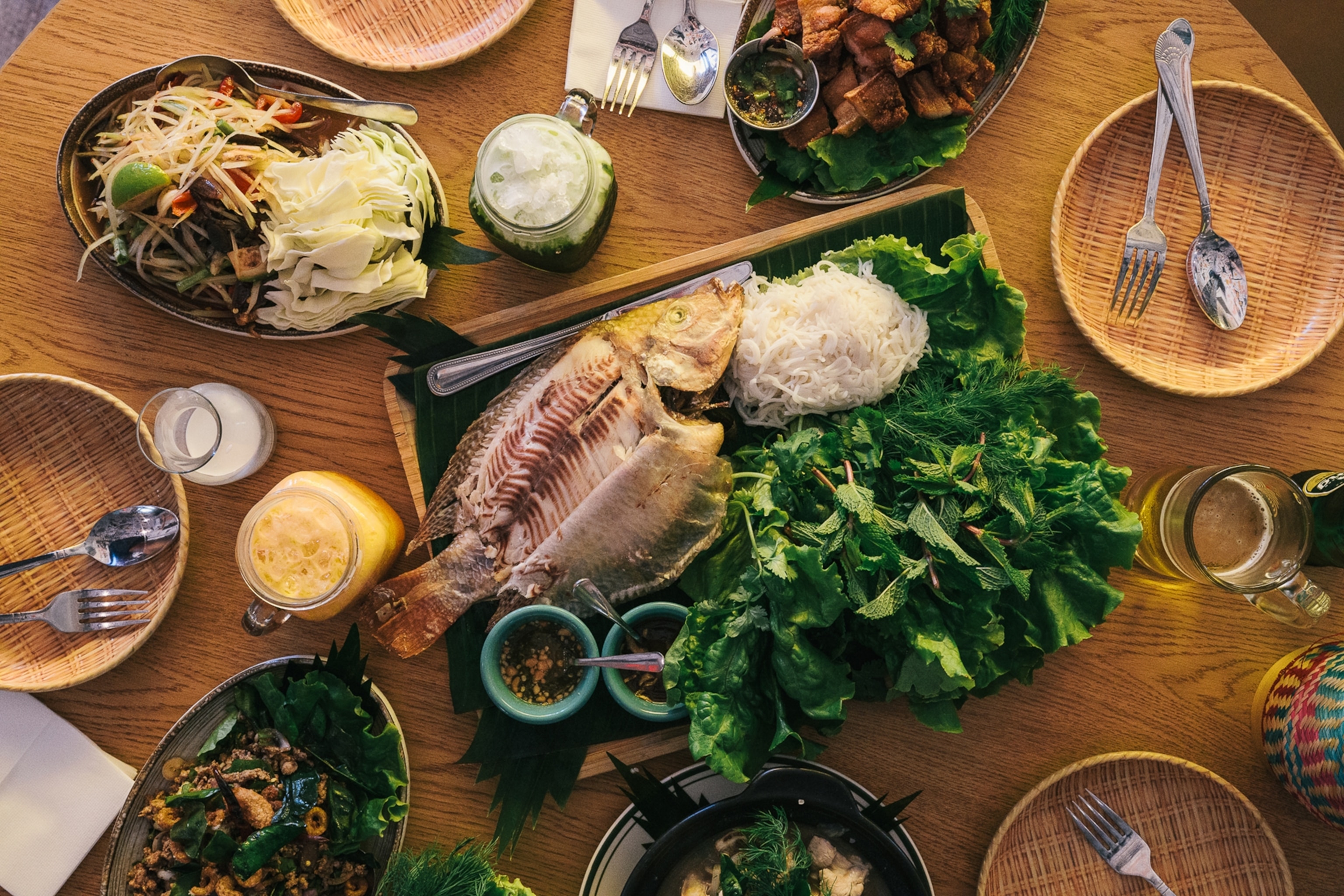
After my beer, I hop on a Citi Bike — from New York’s bike-sharing programme — and take a pleasant ride through leafy Sunnyside Gardens - home to a Romanian and Moldovan community - the once-Irish neighbourhood Woodside and on to Elmhurst. My destination is Zaab Zaab, a Thai restaurant in the heart of Elmhurst’s ‘Little Thailand’. There I meet Joe DiStefano, who wrote 111 Places in Queens That You Must Not Miss and who leads food-focused walking tours in the borough. With a table full of Thai dishes in front of us — including a whole roasted fish, a super-spicy papaya salad with black crab, and spicier still duck larb — Joe declares why he loves the area so much: “The borough has helped New Yorkers be more open-minded to new foods and discovering new things. There is nothing else in North America that comes close to the rich diversity in Queens.”
After lunch, we wander into P’Noi Thai Thai Grocery (Woodside Ave), a diminutive store in the heart of Little Thailand. Its shelves overflow with curry paste, coconut milk and rice noodles. Working there is 65-year-old Ratri Sil Ratdochot, who beams when Joe walks in. “Joe! I saved some fresh durian for you,” she says, proffering the stinky fruit that’s ubiquitous in Southeast Asia.
I bid them both farewell and head for Jackson Heights. On the 15-minute walk, signs in the Thai alphabet fade, replaced by ones in Tibetan and Nepali. On the border of Elmhurst and Jackson Heights is a church-like building with a high nave and colourful Buddhist prayer flags. A sign says it’s the United Sherpa Association. Inside is a high-ceilinged room. A Nepali man, his New York Yankees bag next to him, prostrates himself in front of the plus-size altar, on which a large Buddha sits in the lotus position next to a photo of the Dalai Lama. Ang Sherpa, a monk clad in saffron and maroon vestments, looks after the centre. “I love this part of Queens,” he tells me. “We don’t have to go far to frequent traditional Nepali and Tibetan restaurants, and there are often Himalayan cultural festivals here.”

Leaving the centre, I cross under the elevated 7 subway line, nicknamed ‘the International Express’ because it cuts through the most diverse sections of Queens. The trains rumble above Roosevelt Avenue, where the smell of cooked meat mingles with the sweet scent of peppers. Crossing a street flanked by Mexican and Ecuadorian street carts and bars takes you into Jackson Heights itself.
Greek until 1982, Jackson Diner on 74th Street is now one of New York’s most renowned Indian restaurants. “We’re standing in the heart of a classic American melting pot,” says owner Manjit Singh. “When Indians began living in Jackson Heights, they would fly back to India with electronics and other things. Today, it’s the other way around: Indians go to India to bring back stuff they can’t get here, like proper wedding dresses.”
Along the street are sari shops, Nepalese restaurants and Al Naimat, a Pakistani sweet shop, whose glass counters are stuffed with ball-shaped sweets made from sugar, milk and nuts. And on 37th Avenue is Apna Express Pharmacy, where plastic flowers, wall clocks and lamps reign supreme. “I’ve visited other Indian, Nepali and Bangladeshi communities all over the United States,” notes Saleem Jahangir, the owner. “But Jackson Heights is a cultural phenomenon because, in other parts of the country, you feel this pressure to fit in. Here, you can reveal or display your own culture with confidence. You can be who you are — and it’s never going to be a problem. That’s what I love about Queens.”
